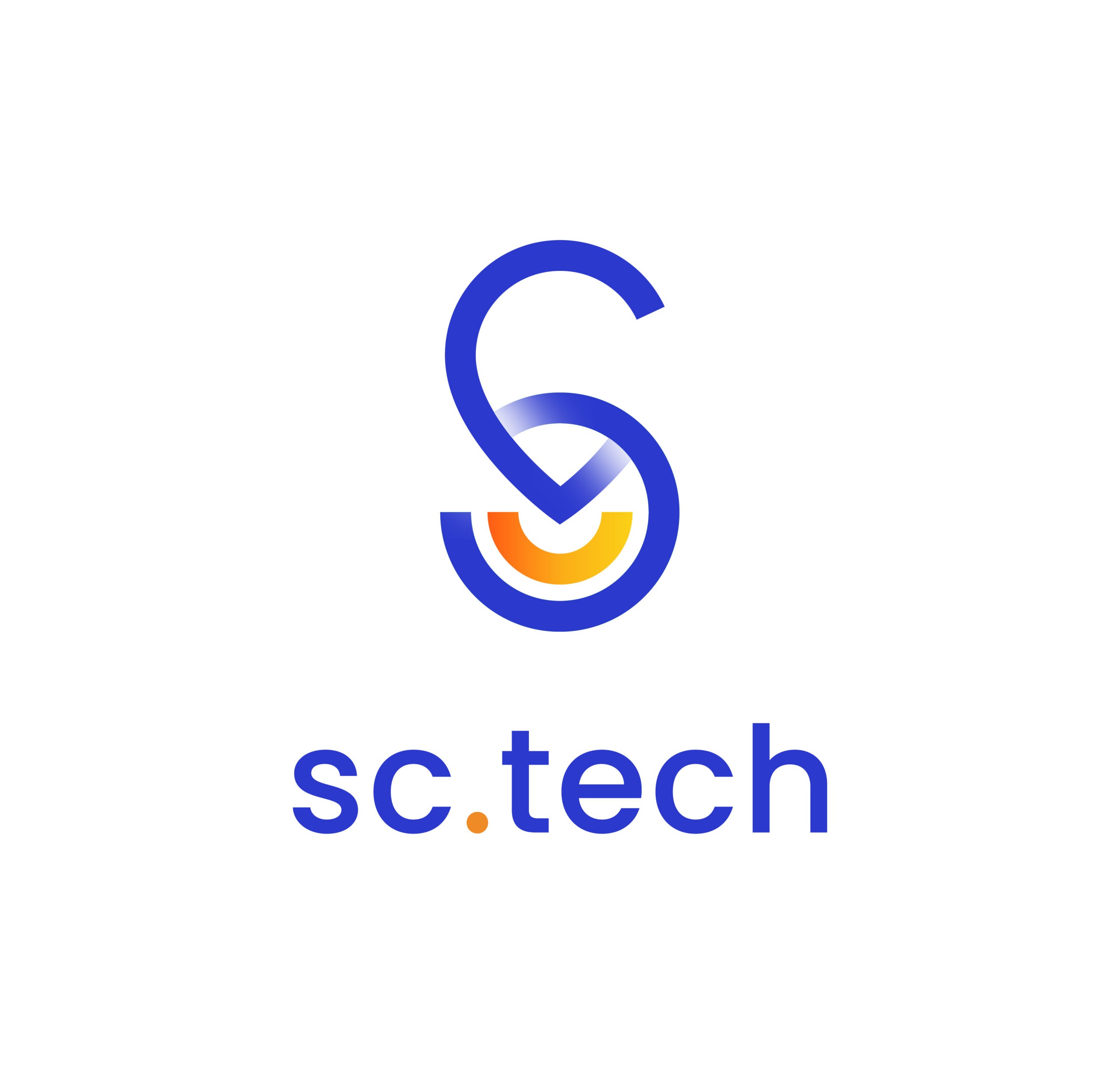31 Jan Three steps to a more effective supply chain

Supply Chain Management (SCM) is an umbrella covering a process that includes every part of product development, from raw materials to final delivery into a customer’s hand.
The goal: deliver your product in their hand in the quickest, most cost-effective way possible.
This is accomplished by making your system more efficient with the highest level of effectiveness.
While the goal has remained the same, the tactics and strategies surrounding SCM have changed drastically in recent years.
Supply Chain Management 1.0 was centered on monitoring humans carrying out specific, repetitive tasks.
Now, in the age of Industry 4.0, SCM 2.0 is here and is synonymous with technology.
New digital systems and applications such as the Internet of Things (IoT), Artificial Intelligence (AI), and Machine Learning (ML) have the potential to transform your supply chain with little to no human interaction.
Before implementing the new technologies required for Industry 4.0, it is vital that you take the steps necessary to get a handle on your data and processes as they stand now to be able to transition to a digitized supply chain that’ll scale as your business does well into the future.
Here are the three major steps you need to take to build a modern, SCM 2.0 supply chain:
GET A HANDLE ON YOUR DATA
Start the process of improving SCM by keeping it simple.
Focus on the lowest technology systems and working your way up the levels of technological complexity.
That means starting with how you deal with paper.
Yes, paper.
The information you have stored in paper not only takes up valuable space but puts you at risk for losing that information through natural disaster or other means.
It is also extremely inefficient to transmit that information.
If you haven’t already, begin transitioning as far as possible towards a digital-first organization.
INTEGRATE SYSTEMS & IDENTIFY A SINGLE SOURCE OF RECORD
SDigitizing your information is only the first step.
From there, your information must be stored in a way that makes it accessible and integrated across systems.
Depending on your current IT infrastructure, this could mean undertaking a Master Data Management process and merging multiple legacy systems together.
It’s more than just getting systems to communicate, however.
Stakeholders across your organization must keep in contact.
If there’s a disconnect between different areas of your organization, it may be time to step up communication.
Oracle recommends increasing frequency of organizational planning meetings from weekly to daily to better optimize business outcomes based on actual supply chain conditions and business objectives.
ADD AL-POWERED TECHNOLOGY & ANALYTICS
With your data captured and stored in a singular point of reference, it’s time for technology to step in.
AI-powered tools can help analyze, integrate, interpret your data and make decisions that can optimize your SCM in near-real time.
As HBR writes, Within 5-10 years, the supply chain function may be obsolete, replaced by a smoothly running, self-regulating utility that optimally manages end-to-end workflows and requires very little human intervention.
CONCLUSION
The reality is that few companies are able to take each of these steps one by one because of the time, cost, and complexity of streamlining their data in a rapid enough way to stay competitive.
A true SCM 2.0 process may require a massive undertaking for your organization but that doesn’t mean you can’t get started tracking better today.
StickerControl’s RFID tracking systems can get you up and running in minutes. We’ve designed it so that companies can get the benefit of these technologies in an easy-to-adopt, easy-to-use and affordable way.



No Comments